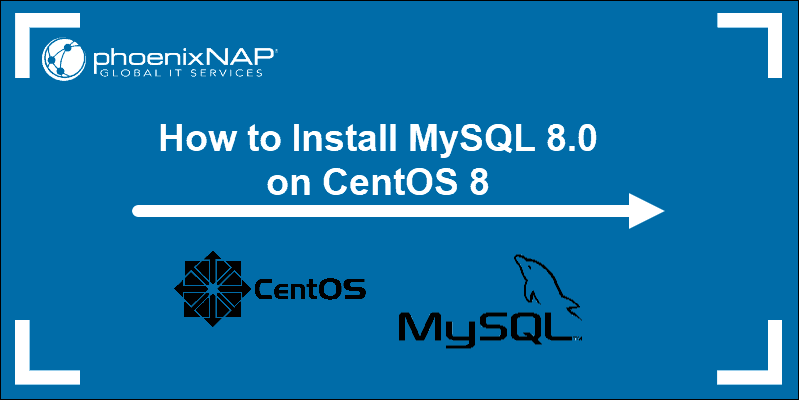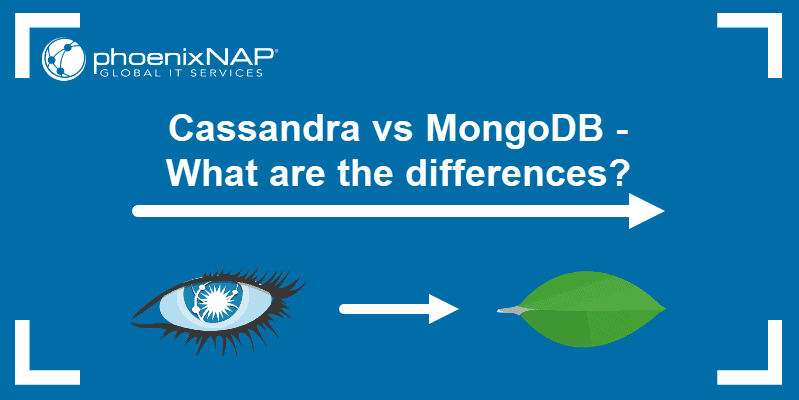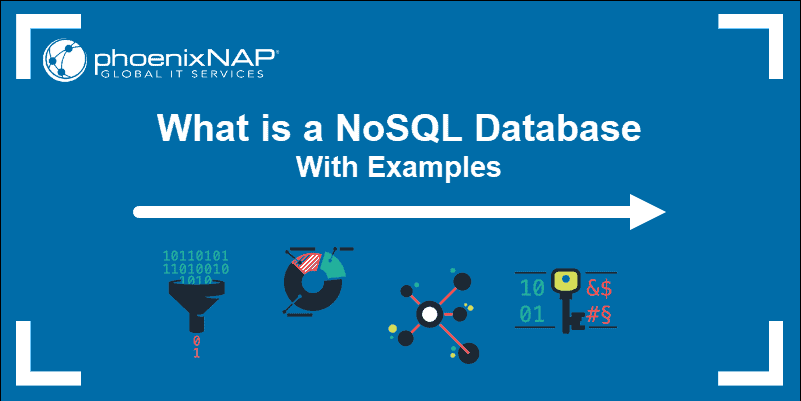When it comes to choosing a database, one of the biggest decisions is choosing between an SQL or NoSQL database solution.
In this article, you will learn the key differences between SQL and NoSQL databases. By the end of this article, you will be able to decide which type of database structure fits your needs the most.

Differences Between NoSQL and SQL
SQL stands for Structured Query Language. SQL is a standard language for storing, manipulating, and retrieving data in relational database systems.
NoSQL or “non-SQL” is a non-relational database that does not require a fixed schema and is easy to scale.
While both are viable options, there are 11 key differences between them that you must keep in mind when deciding.
| Comparing | SQL | NoSQL |
|---|---|---|
| Query Language | Structured query language (SQL) | No declarative query language |
| Database type | Table | Key-value, document, wide-column, and graph |
| Schema | Predefined | Dynamic |
| Data model | Relational | Non-relational |
| Popular database management systems | MySQL, PostgreSQL, Oracle, and MS-SQL | MongoDB, Apache HBase, Amazon DynamoDB, Redis, Couchbase, Cassandra, and Elasticsearch |
| Ability to scale | Vertical | Horizontal |
| Hardware | Specialized DB hardware (Oracle Exadata, etc.) | Commodity hardware |
| ACID vs BASE | ACID | BASE |
| Open-source | A mix of open-source like Postgres & MySQL, and commercial like Oracle Database. | Open-source |
| Advantages | Cross-platform support, secure and free | Easy to use, high performance, and flexible tool |
| Disadvantages | Complex to maintain and inefficient if processing big data, complex relational database systems are difficult to export into other systems, not good for handling various data types | Data is less structured, NoSQL databases are not as reliable (no ACID support), NoSQL databases are newer and may offer less features than their SQL counterparts |
| Use cases | ACID support, complex queries, no changes or growth | Real-time data, volumes of data with no structure, agile business, cloud computing |
Database Types
Database types depend on the way the data is stored.
- SQL has a table-based database. Table database stores data into tables with fixed rows and columns.
NoSQL has 4 types of databases:
- Key-value database – Stores every data element as an attribute name or key together with its value.
- Document database – Stores data in JSON, BSON, or XML documents.
- Wide-column database – Stores and groups data into columns instead of rows.
- Graph database – Optimized to capture and search the connections between data elements.
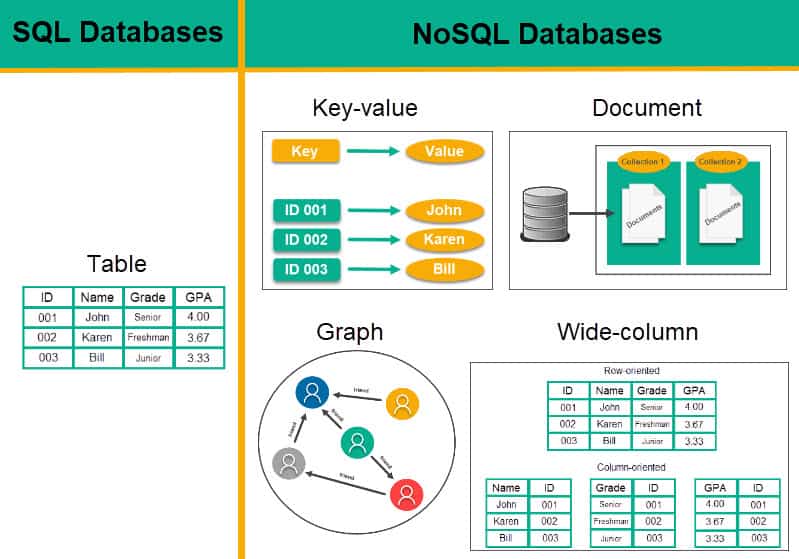
Note: To learn more about NoSQL database types, refer to our NoSQL Database Types article.
Schema
A database schema is a structure that defines how a database is constructed. It defines how the data is organized and how the relations among data are associated. There are two types of schemas:
- Predefined
- Dynamic
SQL needs a predefined schema for unstructured data. You need to predefine data structure in the form of tables before you start to use SQL to manipulate data.
However, a NoSQL database does not require a predefined schema. NoSQL uses a dynamic schema for unstructured data. A dynamic schema allows storing data before applying schema. Schema completely depends on how you want to store data.
Note: Learn how NoSQL databases work in our article What is NoSQL.
Data Model
The data model shows the logical structure of the database. It organizes elements of data and standardizes how they relate to each other. There are two types of data models:
- Relational
- Nonrelational
We can observe differences between these data models by looking at the multiple entities. Consider an order from a restaurant as an example and two entities: Order and Delivery Address.
SQL uses a relational data model. SQL relational model uses many-to-many relationship. In many-to-many relationship, a single Order row can relate to several Delivery Address rows. Similarly, each Delivery address row can relate to several Order rows.
NoSQL uses a nonrelational data model that does not use relationships. NoSQL databases denormalize data by duplicating Delivery address in each Order row that contains that delivery address. Therefore, data is stored multiple times. This enables easy storage and data retrieval and increases the speed of the query. Learn more about NoSQL database modelling techniques.
Ability to Scale
Database scalability is the ability to hold increasing amounts of data without sacrificing performance. There are two types of scalability:
- Vertical
- Horizontal
SQL databases are vertically scalable. In vertical scaling, data resides on a single node, and the only way to scale up is by adding more hardware resources, such as CPU and RAM, to one existing machine. This makes vertical scaling more costly. An additional downside of vertical scaling is that it runs on one machine so if the server goes down, your application will go down too.
NoSQL databases are horizontally scalable. In horizontal scaling, each node contains only part of the data which allows you to add more machines to the existing group of distributed systems. This makes horizontal scaling cheaper and quicker.
ACID vs BASE
The most common consistency models are ACID and Base.
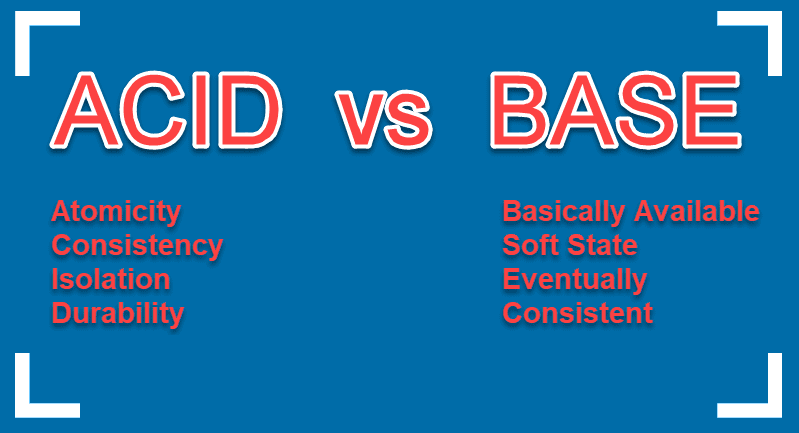
SQL databases use the ACID consistency model. ACID stands for:
- Atomic – All operations in a transaction succeed or every operation is rolled back. Partial success is not allowed.
- Consistent – Each transaction moves the database from one valid state to another. Transaction can’t leave the database in an inconsistent state.
- Isolated – Transactions can’t interfere with each other.
- Durable – The results of applying a transaction are permanent, even in the presence of failures.
The main feature of the ACID model is consistency. When you complete a transaction, its data is consistent and stable.
NoSQL databases use the BASE consistency model. BASE stands for:
- Basically Available – All users can perform a query. The database spreads data across several systems so in case that a failure happens to a segment of data, the database will not experience a complete outage.
- Soft State – Database state can change over time.
- Eventual Consistency – If the system is functioning and we wait long enough, the database will eventually become consistent.
The advantage of the BASE consistency model is that transactions are committed faster. Databases that use the BASE model prefer availability over consistency of replicated data.
Learn more about the two most popular database transaction models and their differences in the ACID vs BASE article.
Use Cases
Not every database fits every business needs. Let’s take a closer look at use cases for both types of databases.
Reasons to use an SQL database:
- When you need ACID support – With ACID support you get data consistency and 100% data integrity.
- When you are working with complex queries and reports – SQL is a better fit for complex query environments when compared to NoSQL.
- When you don’t anticipate a lot of changes or growth – If your business is not growing exponentially, there is no reason to use a system designed to support an increase in data volume.
Reasons to use a NoSQL database:
- When you need real-time data – NoSQL does not require schemas, so it makes the information process quicker.
- When you store volumes of data with no structure – NoSQL supports all data types.
- When you run an agile business – NoSQL does not require the preparation process, so it reduces downtime.
- When you want to make most out of cloud computing and storage – For a cloud solution to be scalable, the data must be easy to share across multiple servers.
Popular Database Management Systems
Let’s take a closer look at the most popular database management systems for both relational and NoSQL database types.
Top 5 SQL Database Management Systems
- MySQL – The database is customizable and runs on Linux, Windows, OS X, FreeBSD, and Solaris. Key features are a high number of online tutorials and information, its ability for partitioning, and replication, Xpath and a full-text search.
- Oracle – It is the best system for any mission-critical commercial application. Key features are automatic memory, storage and undo management, Data Guard for standby database, Virtual Private Database, and Real Application Cluster (RAC). The downside is that Oracle is not open source.
- PostgreSQL – It runs on Linux, Windows, and OS X. Key features are point-in-time recovery, foreign keys, support for tablespaces, and asynchronous replication.
- SQLite – This RDBMS is written in a C language. SQLite is not a client-server database engine. It is a self-contained, server-less SQL database engine. Key features are quick response time, no external dependencies, and support for databases of several TB in size. SQLite requires zero-configuration with no setup or admin tasks and the entire database is stored as a single disk file.
- Microsoft SQL Server – It is constrained to Windows, but this is an advantage if your organization uses Microsoft products. Key features are high performance, platform dependency, and reduction of temporary database problems.
Top 5 NoSQL Database Management Systems
- MongoDB – It is an open-source system that is scalable and accessible. It is written in C++. It provides high performance as it can run on multiple servers and data is stored in JSON format.
- Cassandra – System for handling very large amounts of structured data across multiple commodity servers. It is written in Java. Key features are linear scalability, quick response time, and flexibility. Cassandra supports MapReduce with Apache Hadoop and peer-to-peer architecture.
- Couchbase – System used for interactive web applications. Key features of Couchbase are data compression, index partitioning, and support for JSON.
- Amazon DynamoDB – System that allows all types of data models. Scaling is managed by Amazon. Key features are high scalability, data storage in partitions, JSON utilization as a transport protocol, and complexity reduction.
- Redis – Redis is a key-value store written in a C language. Key features are automatic failover, keys with limited time-to-live, and support for a variety of data types.
Note: Learn more about the differences between MongoDB vs Cassandra in our comparison article.
Conclusion
After reading this article, you have learned what the main differences between NoSQL and SQL are, and how their differences reflect in the way these database systems are used.

